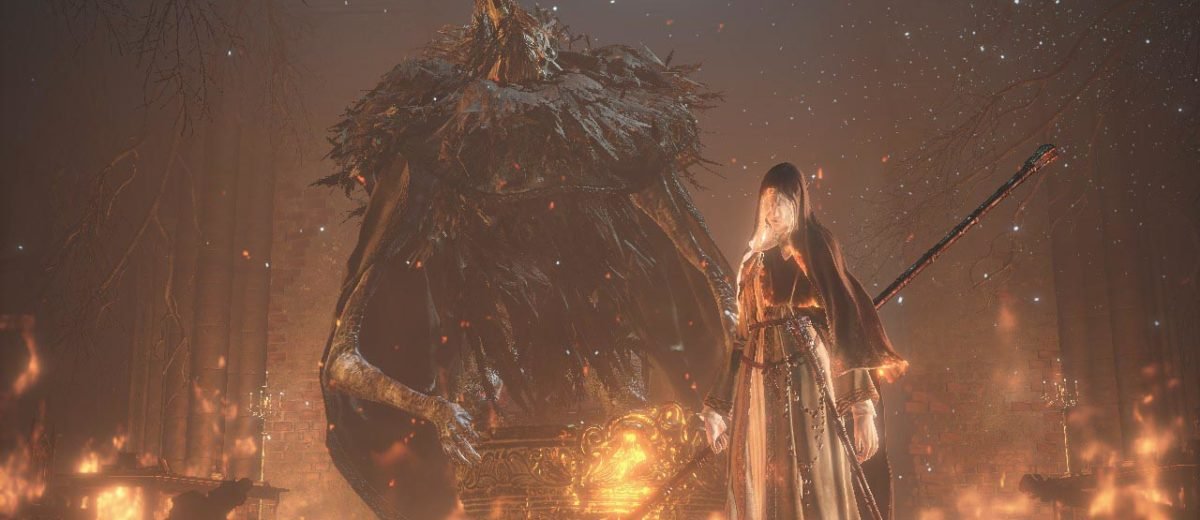DLC should relate to its base game like a healthy romance: Each is great alone, but also improves the other. Ashes of Ariandel and Dark Souls III are both incredible, but neither truly improves the other. That said, however, Ashes of Ariandel is still probably worth your money.
The first few areas are little more than open plains with slopes, trees, and snow, but great level design makes them feel like a wilderness, and your enemies are barely visible until they’re charging. While hugging the wall to keep your bearings works at first, it soon fails as you’re cornered by increasingly aggressive enemies.
Sadly, this is the DLC’s weakest section. By the second such area, wolves are calling for backup and half of the trees are attacking you at ludicrous aggro ranges. It’s a timesink. There are tons of wolves, coming three at a time, and the trees possess enough health that you have to dash in and out a few times to kill just one. Plus, god forbid you stray between two trees, as a pair can easily stun-lock you to death. The strategizing is fun; the amount of times you have to do it is not.
Bloodborne’s DLC, The Old Hunters, had a similarly overwhelming run at the start of the DLC’s final area. The reason it worked there is that 1) it was near the end of that DLC, and 2) the reason it took forever to beat was because it was challenging. Frontloaded into Ashes of Ariandel, it just feels repetitive.
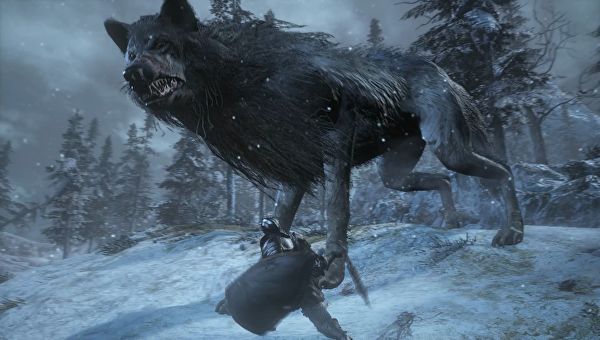
Getting to the third, optional, and final snowy plain is a farce. A massive wolf (with massive health) appears on your way there. With tricky attacks and a disappointing reward for killing it, you’re better off running past it. This final plain has satisfying, hulking enemies, but you only have to fight two to loot the whole area. There’s an imposing tower here that seems to promise ominous challenge, but you can draw one giant to the ground floor to kill him, push another out a window, and loot the whole thing in under 4 minutes.
From here, Ashes of Ariandel picks up. A bit further on, there’s an excellently grim-voiced knight to introduce you to the hierarchy of the Painted World, and if you remember a few tricks from Smoldering Lake, you have some of the DLCs best level design to explore. Massive roots jut and twirl from a cliffside. As you leap down and fight on them, ranged threats make themselves apparent, making for some acrobatics you won’t find in the base game. A couple more parallels can be drawn from this section to Smoldering Lake– including a surprising enemy hiding one of the DLC’s best secrets– but those are worth discovering yourself.
Then you find the optional boss fight. Disappointingly, you’d get an almost identical experience from being invaded at an earlier point in the DLC. On the plus side, it unlocks the multiplayer suite, discussed below. But to continue with the DLC’s progression, next is the best section of the DLC: The Corvian Settlement.
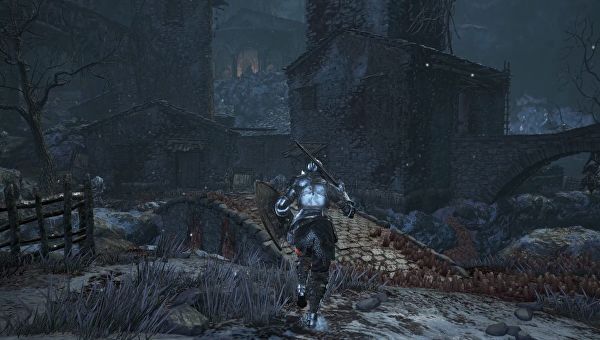
Rickety, convoluted, unnerving, wheezing with atmosphere, the Corvian Settlement sticks a bloody sewer beneath its town (again, reminiscent of Bloodborne), and throws dozens of pathetic creatures at you that are just trying to defend their town. It’s some of Dark Soul III’s best level design. You must be cautious, but a less constant stream of lethal enemies means you can enjoy your curiosity. Suffice to say, it’s a must-play for fans.
Unfortunately, that level of quality can’t keep up forever. After the town, you find some formidable threats, and the combat encounters are well-designed and a blast to fly through, but it all feels a bit too easy, especially after the rough beginning. Frankly, the most memorable moment from these sections is the grim knight’s return and monologue, not even the fight he delivers it during. It’s still incredibly well designed and fun, but where the first few areas feel like a marathon, these feel like a jog.
One of Ashes of Ariandel’s biggest problems is that it blocks progress with lots of fodder, but its toughest and most entertaining challenges are all optional, bordering on pointless. Those hulking enemies from earlier? They reappear: One defends an item, and two block a path, but all three can be run past for your goals.
That by no means says that there are no good times to be had, especially taking Ashes of Ariandel as a whole. There is one later section that deviates from the outdoor, snowy locales in an interesting way, though it’s a little one note. And there’s another great secret area before the final boss, which, short of revealing it, may be a selling point of the DLC. And perhaps most notable is the DLC’s final boss itself, which, in terms of gameplay, is one of the best in the series, drawing from some of FromSoftware’s strongest designs. The phases make you fight completely differently, and one phase approaches Bloodborne-style action. This brings us, however, to the DLC’s most unfortunate weakness. Its story.
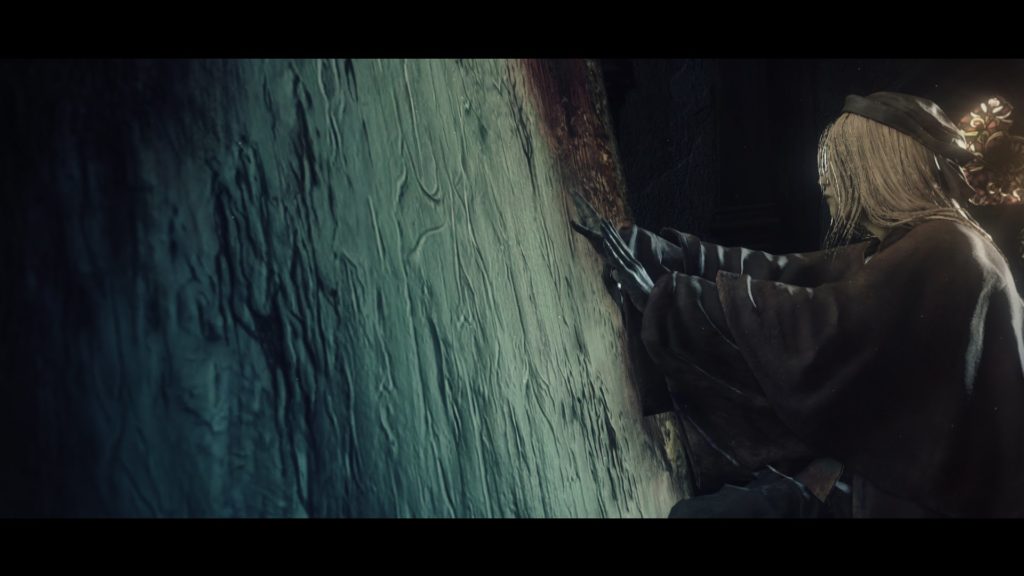
The Painted World is one of the most intriguing aspects of Dark Souls I, but Ashes of Ariandel’s Painted World feels unfulfilled. There are several disparate groups in the area, but their suffering doesn’t hold a candle to what’s going on outside the painting. The two main narrative punches– your part to play in the end of this world, and Ariandel / Elfride’s desperation to avoid it– are given so little buildup and time that you feel no emotional involvement.
Frankly, the entirety of Elfride’s role in the DLC is disappointing. A lot of parallels can be drawn between her role and Lady Maria’s in The Old Hunters, but while you may not have known who Lady Maria was when you entered her room, you immediately knew what her role was in the overarching story just by looking at her. It made your boss fight with her terrifying and tragic. Unless you’re a lore master, all you really know is that Elfride is defending the Painted World, and is maybe Yuria’s sister. But unless you followed Yuria’s storyline in the main game, you may not care.
It seems that a lot of Dark Souls III’s lore will end up revolving around the three sisters (Elfride, Yuria, and Lililanne) who founded the Sable Church of Londor, but their effect on the world hasn’t been so all-affecting that we’re deeply invested in their stories. Discovering another fan-favorite character’s involvement with the Painted World is a much more powerful revelation, and it’s treated as a fairly minor note. The early part of Dark Souls III all points towards Sullyvahn, Aldritch, and Irithyll, and the late game focuses on Londor and its court, but Irithyll always held more emotional impact.
This is not to mention the fact that much of the dialogue in the DLC is so vague, with so few clues as to what exactly is going on, and so little reason why things are the way they are, that it feels like either the community is missing something huge, or this is all a big tease for the second DLC. How little emotion I ended up feeling towards the Painted World, especially with what was definitely supposed to be a gut punch during the final boss, is really disappointing.
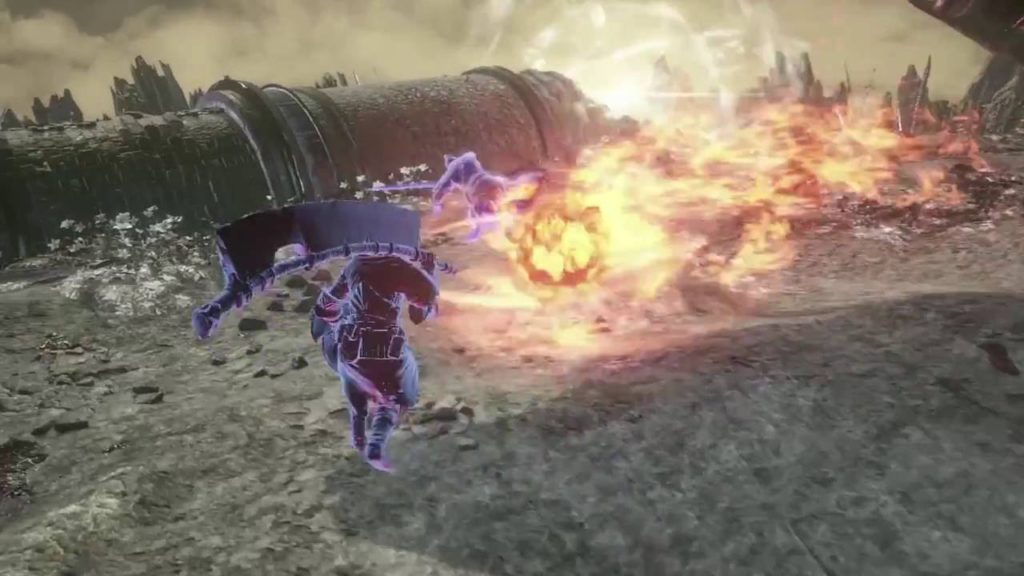
This all said, one of the main focuses for Ashes of Ariandel is the multiplayer, and the DLC does deliver. FromSoftware has created new weapons for multiplayer that scale off of different stats, such as a viable scythe and a more viable miracle than we’ve had. The developer has also added a multiplayer arena with an interesting suite of battling options. The arena itself is fun to traverse, and the modes are satisfying. With very rapid load times, duels are faster than ever before.
The main negative with the multiplayer is the lack of community. It’s not like someone hosting a fight club, where you interact before the fights. You’re in and out. And if you want to play with a friend, then you can only play with friends. You and a friend can’t join a 2 vs 2 against strangers, you have to play only with friend-code matchers, or not at all.
If you enjoyed beating Dark Souls III, Ashes of Ariandel is worth $15 and 5 hours of your life. Even if you don’t use the multiplayer suite, which definitely makes up for a lot of the PVE falling short, the PVE does have some great gameplay, special weapons/spells, and astounding moments. For all the gripes, FromSoftware is still one of the best game developers out there, and this is still leaps and bounds above most things on the market.
If you’re looking for content to change your mind about Dark Souls III, though, this isn’t going to do it. While a solid piece of DLC overall, Ashes of Ariandel is certainly not the best piece of content FromSoftware has ever produced.
Dark Souls III: Ashes of Ariandel is a recommended buy– provided you’re a fan of the base game. It has the series trademark level design, combat, and lore that fans adore, but it is not the best example of any of the above, and doesn’t make the main game feel like a more complete experience so much as a longer one. But if the idea of an extra, solid chunk of Dark Souls III is enough to pull your wallet out, as it is on our end, then… good luck with that final boss.


